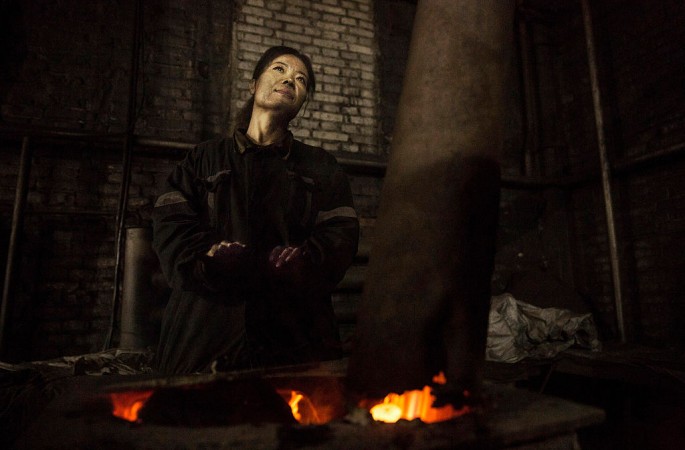Former miners in China may be suffering from a case of pneumoconiosis, also known as black lung disease, according to a report by the Global Times. The risks of the job were displayed on microblogging site Weibo on Jan. 6.
Millions of netizens were able to see Ren Nengping's black lungs as his surgeon, Liu Feng, took a picture of them and posted it on the microblogging site.
"Look at this sick lung. . . . The solid black nuggets are the sedimentation of coal dust. The biggest one is as long as 10 centimeters in diameter, while this one is 4 centimeters in diameter. Now a new lung is being transplanted," Liu posted on his page.
Ren, the patient, underwent a semi-live lung transplant under the supervision of Liu in Wuxi People's Hospital. After a thorough screening prior to the operation, he was able to find a new lung to replace his damaged one.
His surgery was the last procedure. If ever the surgery failed, his coffin is ready sitting in his living room. The disease took away his health, leaving him frail with difficulty breathing.
Ren started working as a miner in Henan Province back in 1995.
Despite the surgery, he died three days after due to complications from the procedure.
The situation of 38-year-old Ren is not uncommon among coal miners in China. Pneumoconiosis is a common work-related disease in the country. Metallic or mineral particles, or even gas, get lodged in a sufferer's lungs.
According to official estimates, there are about 6 million cases of the disease in China. The National Health and Family Planning Commission stated that there are 29,972 diagnoses of such diseases in 2015, majority of which were pneumoconiosis cases.
The rise of pneumoconiosis cases in China is closely related to the country's economic boom. It was during the 1980s and 1990s when miners started to get diagnosed with the disease--a period when reforms encouraged the development of new industries.
Nobody knows the exact number of black lung patients in China. Data gathered in 2013 by the Ministry of Health suggested there are about 700,000 cases, but Love Save Pneumoconiosis, a non-governmental organization, said the situation may be much worse.




























